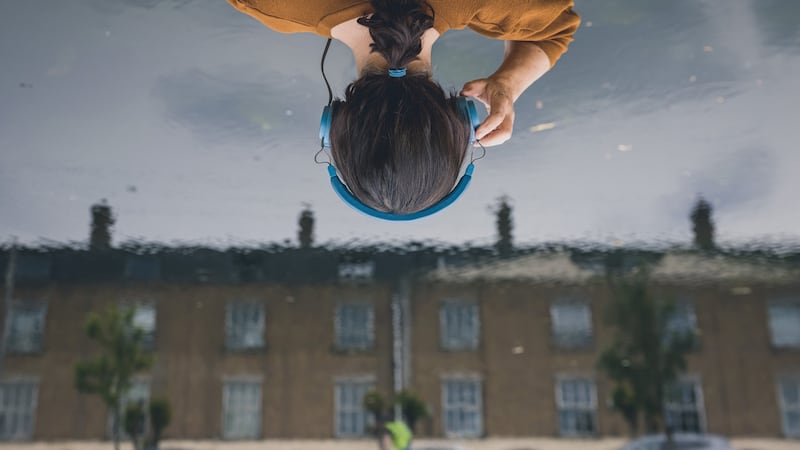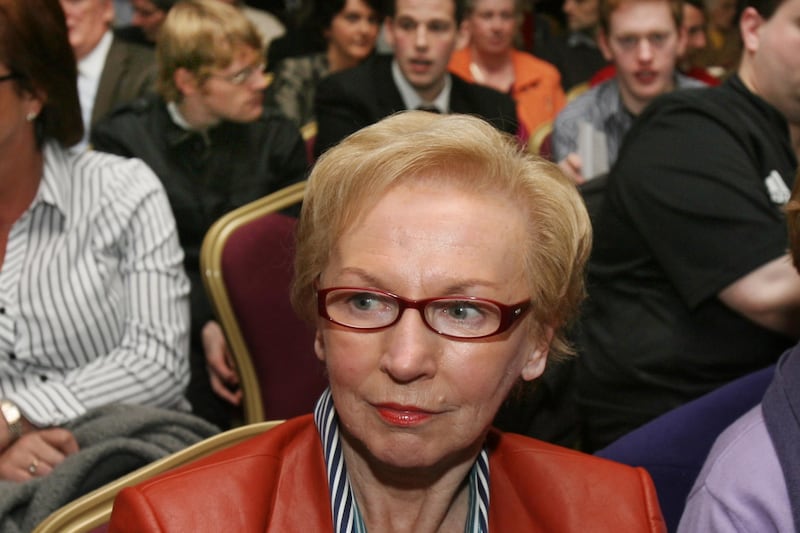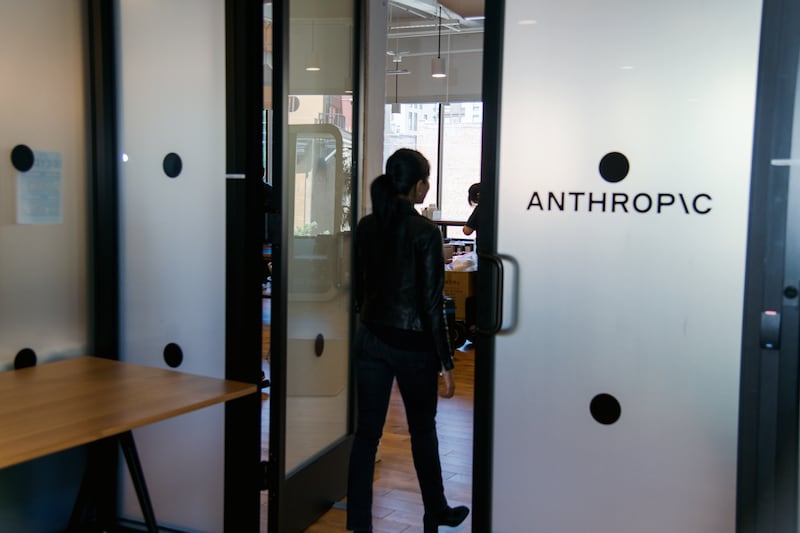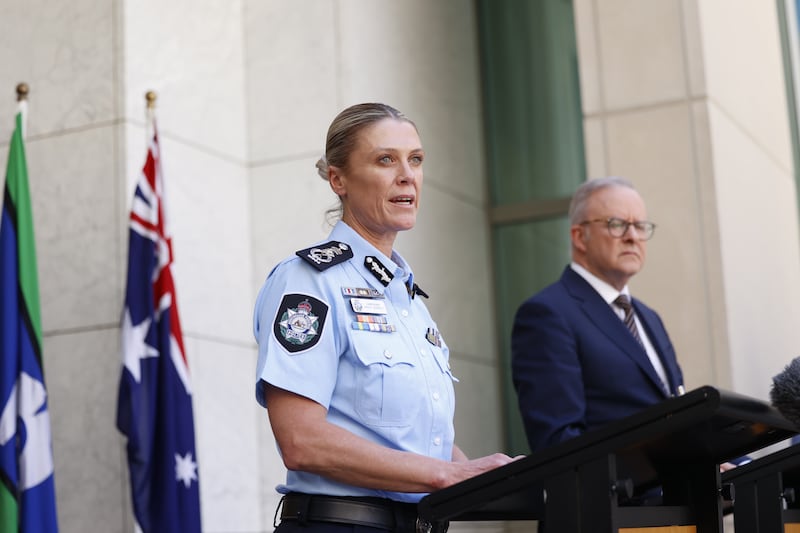Over the last couple of years I’ve been working on my most ambitious and experimental book to date, about:blank – a genre-fluid, shape-shifting piece, which weaves together a series of interconnected narratives, moving across poetry, monologue and dialogue.
I think of it as a kind of dreamtime text, a four-part poetic sequence, which travels across various interiors, episodes and mythic dimensions of Dublin, exploring themes of isolation, love, loss, and the misspent language that is contemporary Dublin.
With the support of the Abbey Theatre’s New Work Development Programme, and the Arts Council Ireland Literature Project Award, the work has been adapted into an immersive audio theatre journey, performed by Olwen Fouéré, Owen Roe and Paula McGlinchey. Directed by Eoghan Carrick, this binaural performance with an original score and sound design by Cormac O’Connor and Frieda Freytag, will premiere at this year’s Dublin Theatre Festival.
The production was created in isolation during lockdown without anyone meeting in person. Produced by Melissa Nolan, we also joined forces with Dublin’s dynamic website company, Unthink, and Ste Murray, who have created an interactive website complete with a built-in algorithm. This visual companion will enhance the theatrical dimension of the work as the audience are guided through the piece and asked to listen to it in their self-selected scenography by responding to prompts or ‘stage directions’ while mapping their journey through the world around them.
Music and Writing
Before I took up writing I used to play percussion instruments, such as congas, djembe, then classical tabla. I see a common thread between the flow and pattern of playing music and imaginative writing. The source of most of my work now comes from a Word document on my computer called ‘write rubbish speed writing’, where I allow my unconscious to wander wherever and however it wants to go.
It started off as a space to limber up before the ‘proper writing’, but I find nearly all my work comes out of this document now. When my writing follows this kind of aesthetic course and forgets about meaning, it allows for something interesting to occur.
I often equate my writing process with throwing my toys out of the cot and then trying to assemble them into some semblance of order. Something spontaneous and mysterious has to happen before the later work of developing and shaping takes place. Once something is on paper, I can then investigate and scrutinise what’s happening. In many ways, writing is working backwards, working out what on earth has happened.
I’ve always admired musical artists who don’t rest on their creative laurels, seeking new forms of expression and often defying expectation, such as Bob Dylan and Radiohead; Dylan, famously, went electric and Radiohead went electronic.
After the success of Radiohead’s seminal 1997 record OK Computer, front-man Thom Yorke had enough of anthem rock and wanted to take his music in an entirely different direction. In 1999, the five-piece spent two weeks in Copenhagen recording endless bits of music, taking their inspiration from the German experimental rock band Can, who would jam endlessly in the studio and then edit the music down to the very best parts. This process of working would eventually lead to Radiohead’s most experimental record, KID A, still considered one of the most important albums of the new century.
Without being aware of it, I was discovering something close to this jamming method through writing. It started with tapping out paragraphs rhythmically on my keyboard – sometimes as if I wasn’t even writing at all but playing an instrument. Other times I’d be driven by a voice, or trying to shape a vague image into something more concrete.
I was not concerned with fitting any particular genre and allowed the texts to move across various styles exploring atmospheres, textures and layers of pattern and sound. I then started to edit these pieces down and patch them together, assembling them into a kind of word-mandala.

This way of working forced my conscious self to get out of the way and listen more acutely to the work. Instead of looking for meaning I allowed meaning to find me. It also helped upset the logical linearity of writing, which is often in fear of becoming predictable and pedestrian. Writing is often like sneaking up on myself when I'm not looking. What is injected doesn't always stay, but it presents other resonances, layers and contrasts. Out of these first stirrings certain themes started to suggest themselves.
Mythic Methods
Rather than imposing a plot-driven linearity, I held firm to the idea of spontaneous image-making, and then pursued these symbolically, discovering a mythic method to the madness. Whether we know it or not we all live by our own personal myths – these archaic and primal patterns, which are buried within the unconscious.
The great comparative mythologist, Joseph Campbell believed that there are four kinds of hurdles or tests along the road of trials, which brings the individual towards self-realization. The first is the symbol of the erotic encounter with the perfect beloved. I discovered these principles were naturally nestled in the work, so I started to tease them out. One myth which kept connecting was Percival, legendary knight of the Round Table.
Many of the best stories are, often, inspired or based on mythology. The great value of these stories is that they remind us of certain patterns of truth that otherwise escape attention as we go about our day-to-day lives.
Over the years, I’ve discovered that many of these mythic conflicts arise precisely because we are cut off from some part of our inner life. Later in the writing process, I started to zone in on these parts that related and resonated with various aspects of myth and depth psychology – most notably Carl Jung’s theories on anima/animus development. By staying true to the circular form and rhizomatic roots I gained further insight within the happenings from this song of the other-self.
Dream Work
While writing about:blank I became increasingly interested in dreams. I was struck by the similarity between dreams and literature. Mythological stories, like our dreams, evoke images that bridge the gap between the conscious and unconscious.
As an image arose or recurred in the writing I would start to think about its symbolism as one might consider it with a dream. It’s only a matter of time before a cat in the night under a moon starts to take on an archetypal presence in a story or poem.
For instance, the opening of Part 1 concerns itself with a missing cat, which alongside other facets, suggested aspects of the rejected feminine. This type of reading helped to define a shape for the work and started to reveal aspects of the inner life as well. At the same time I was cautious not to try and solve or resolve anything too readily.
The trick in dream-work is to listen, note down, and then communicate with the image, archetype, character, and see where this might lead, rather than force it down any one corner. I later discovered this form of writing is very close to what Jungians call active imagination, where you begin a dialogue with a figure or image from your dream.
What’s It All About?
about:blank explores the emergence of a voice, and more specifically the birth of a writer’s voice moving through the invisible world of ideas, which are processed and finally realised as an act of creation through writing. In this way, the work acts as a kind of alchemical memoir of the psyche.
There is always a danger when talking about one’s work that it limits it to one meaning. To quote archetypal psychologist James Hillman: ‘We sin against the imagination whenever we ask an image for its meaning, requiring that images be translated into concepts.’
The driving force from the start of about:blank was to escape any single or glib definition of what the work is about. Although there are many literary and philosophical musings within the work, there was no concept I was trying to prove. Neither was I attempting to write some pseudo-psychological or mythic work. The piece had to stand on its own aesthetic two feet.
about:blank for me is an exploration into creativity, which I suppose at its simplest level is the idea of making something out of nothing; while being cognizant of the fact that nothing comes from nothing. about:blank continues to share new insights with me.
Even though I don’t believe in writer’s block, or think it’s a precise enough term, I had been at a crossroads creatively. Finding the freedom to ‘write rubbish’ helped ease the pressure from creating the next poem, story, or play. It put me back in touch with the more playful and instinctual aspects of imaginative writing.
I wanted to sweep aside some of the handed-down literary dogmas, the flat earth character/plot formulas, and challenge the notions of how a book is supposed to look. Could I apply some of the more abstract and interpretive elements, which we freely accept in music and visual art, while still engaging readers?
Images are promiscuous and will always sleep around. I happily flirted with these well-trodden fictional forms without shacking up with one of them for too long. Trusting this open relationship, I allowed the image/symbol/myth to take the lead – and for one thing to lead to the next. This in many ways is nothing new in poetry where the central tenet has always been metaphor. But never before had I handed over so much of myself in a piece of this size and range.
Polyamory is not for everyone. Moments of exhilaration were equally matched with disorientation and doubt. Metaphors are slippery things. As Harold Pinter wrote in his Nobel Prize acceptance speech, ‘Sometimes you feel you have the truth of a moment in your hand, then it slips through your fingers and is lost.’
A poetical work can act like a suspended prism ball. Each angled surface opening a different perspective, which splits the light and sends out a spectrum of colour. Poetry is most at home on this numinous and amorphous plane, which is both immanent and transcendent. Drawing a ring around any image and shining a spotlight on it takes us closer to essence. Like working with images placed in a mandala, any object – a stick, a coin, a car, a cat – can be placed in the centre of the mystery-circle to serve as a perfectly proper source for meditation.
The mystery of the existence and non-existence of the cat may be identical with the mystery of the existence of the universe itself. Paradoxically, I discovered that far from these pieces being meaningless they were in fact overflowing with meaning, patterns and connections.
Adam Wyeth is an award-winning and critically acclaimed poet, playwright and essayist with four books published with Salmon Poetry. In 2019 he received The Kavanagh Fellowship Award. Wyeth is the author of Silent Music, Highly Commended by the Forward Poetry Prize and The Art of Dying, an Irish Times Book of the Year. In 2013 Salmon published his essays, The Hidden World of Poetry: Unravelling Celtic Mythology in Contemporary Irish Poetry. Wyeth’s plays have been performed across Ireland and also in New York and Berlin. His play This Is What Happened was published by Salmon in 2019.
















